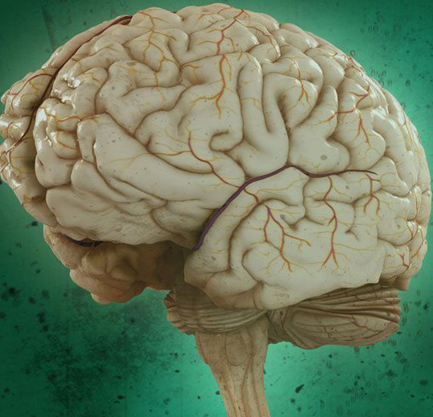
For over a century, scientists have accepted Santiago Ramón y Cajal’s classic drawings of neurons as mostly accurate: a bulbous cell body with branching dendrites and a long, smooth axon.
Now, a Johns Hopkins study challenges this view, reporting that axons can appear “beaded” with tiny “nanopearls” along their length.
High-pressure freezing and electron microscopy revealed these nanopearls—roughly 200 nanometers across—in mouse neurons grown in lab dishes, in adult mice, and in embryos.
Altering the neurons’ environment, such as adding sugar or modifying cholesterol, changed the pearls’ size and spacing, as well as the speed of electrical signals traveling along the axon. Because axons relay signals between neurons, any shape change could potentially affect thought, memory, and behavior.
Reactions are split. Some scientists welcome the findings, noting that axons have long been recognized as more complex than simple tubes. Others remain skeptical, suggesting the beaded appearance might be an artifact introduced during sample preparation, or that these pearls represent a stress-related, rather than normal, axon shape.
Still, axons are known to take on different shapes under stress, forming larger “stress balls” in cases of head trauma or neurodegenerative disease. But these newly discovered nanopearls are much smaller and likely integral to healthy axons. Mathematical models imply that biophysical forces, such as tension or membrane composition, could cause sections of the axon to crumple into beads, affecting electrical conduction.
Looking ahead, the team plans to investigate human brain tissue—from surgical samples and donated brains—to confirm nanopearls in people. They may also use “mini-brains” grown from human cells to study the phenomenon in action. Whether these pearls are fleeting or fundamental, the discovery prompts deeper questions about what else might be missing from our century-old neuron blueprint—and how these subtle structural nuances shape the brain’s overall function.
